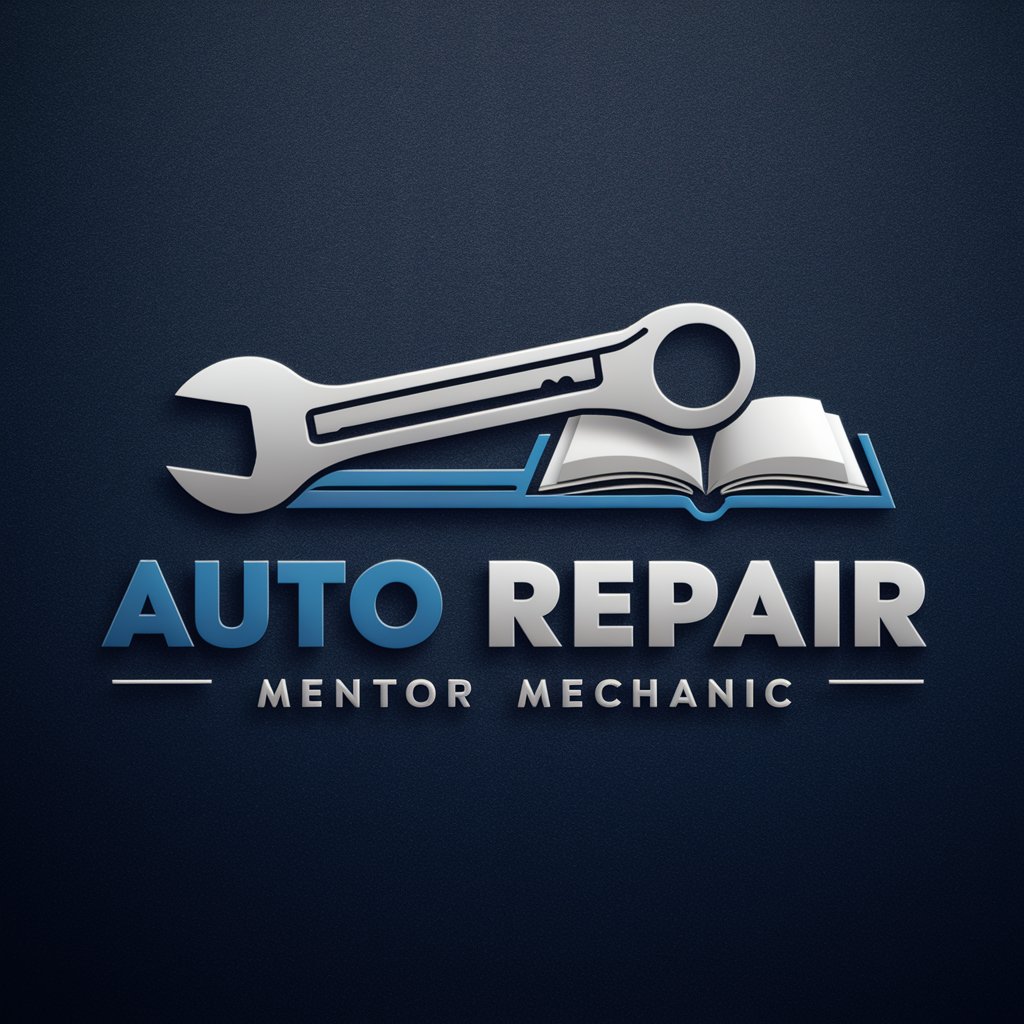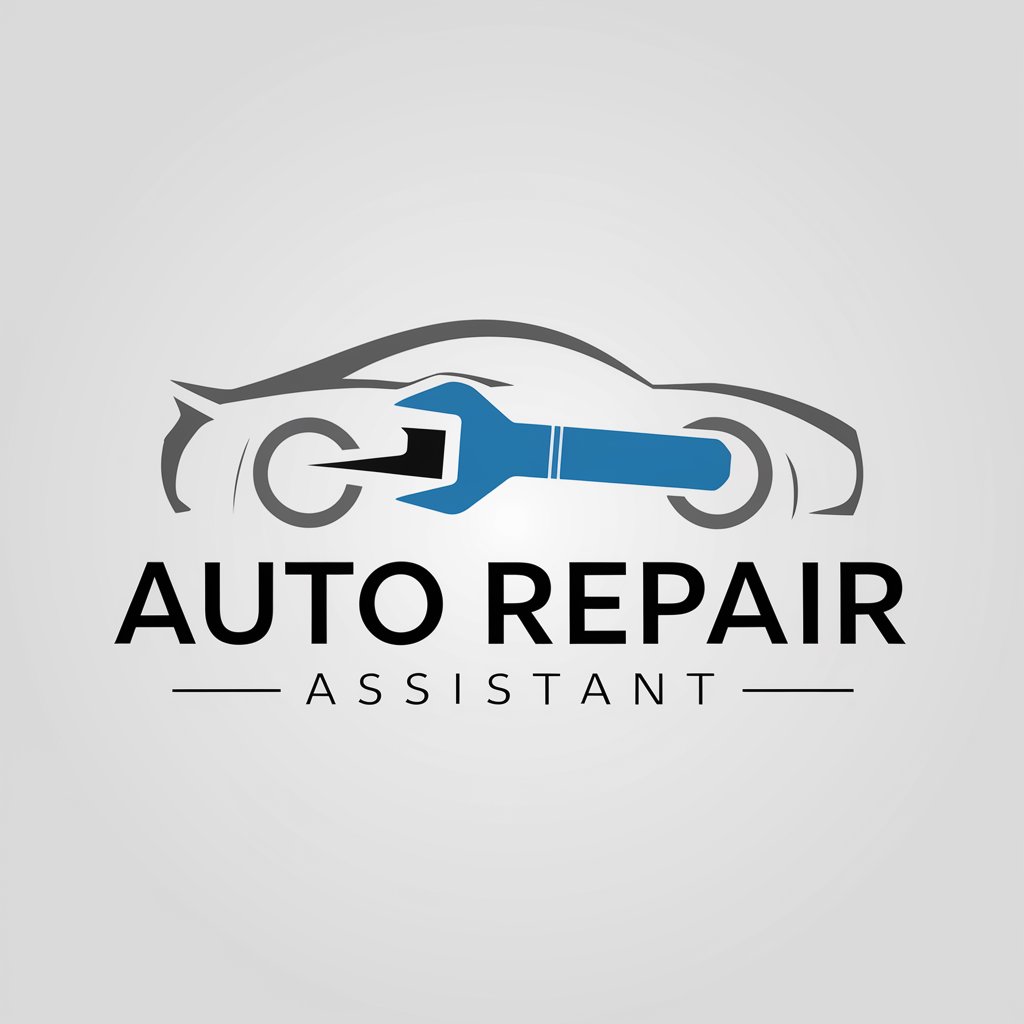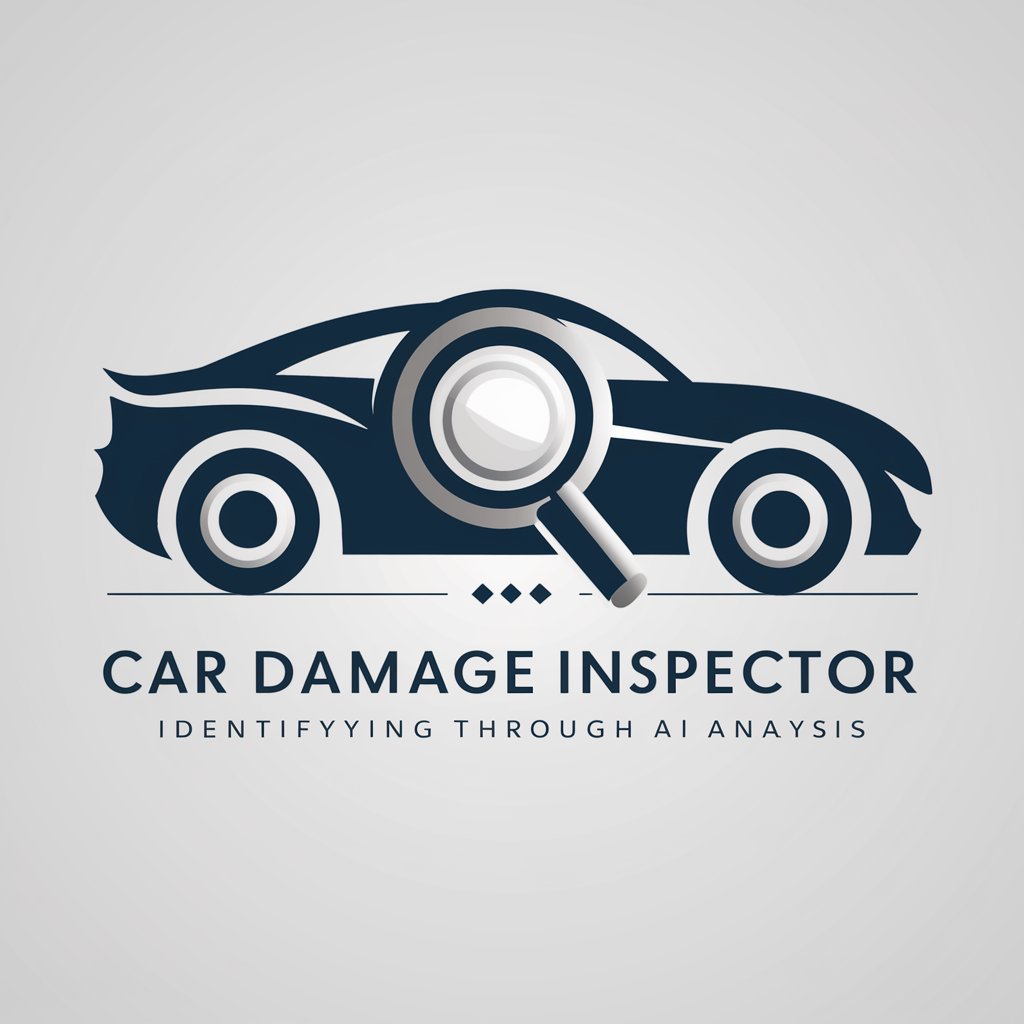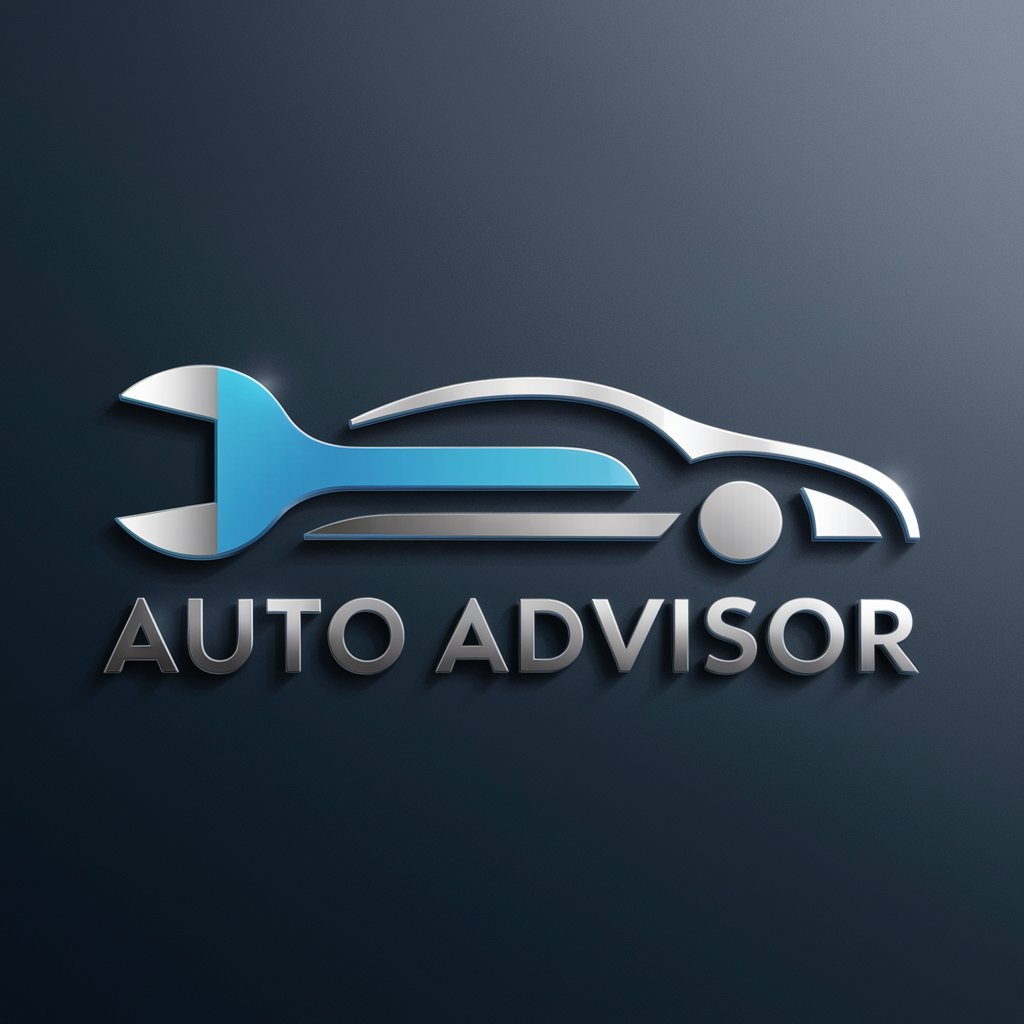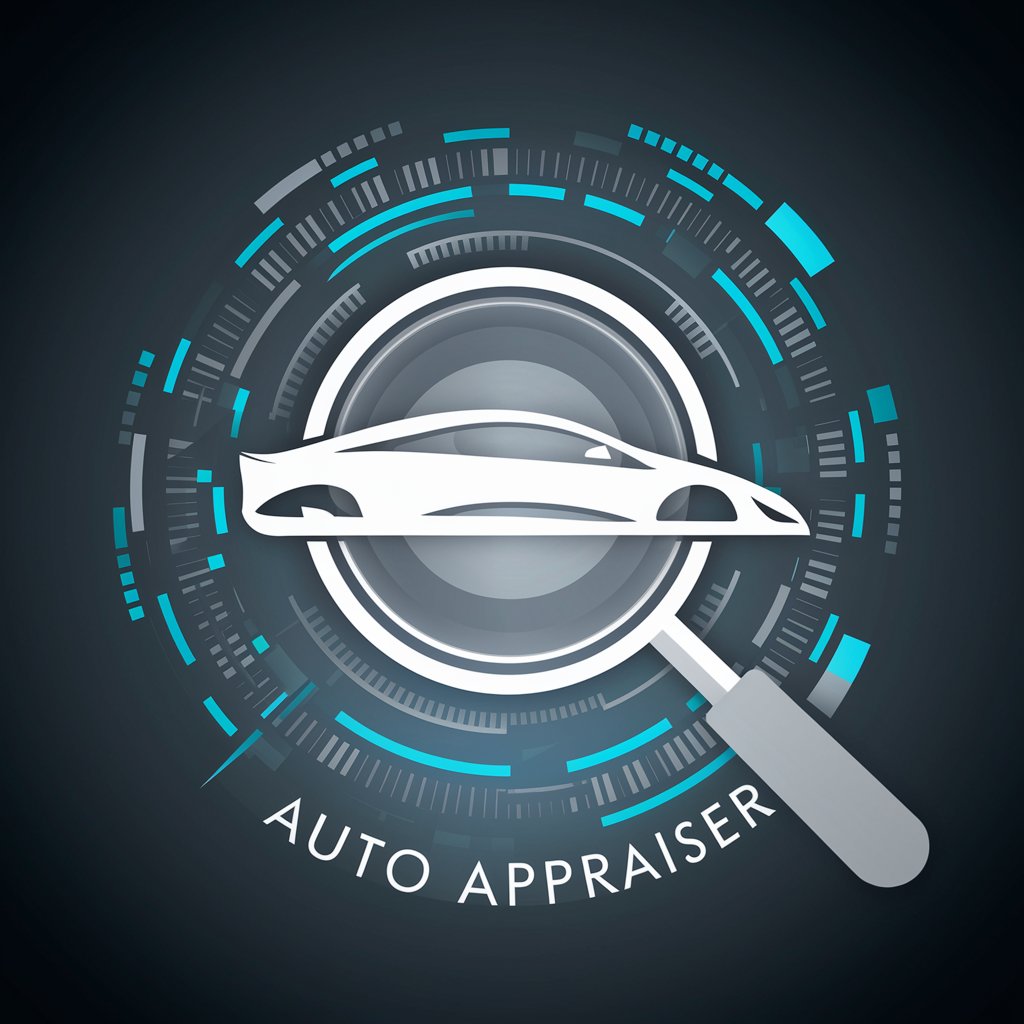
Collision Repair - Collision Repair Guidance
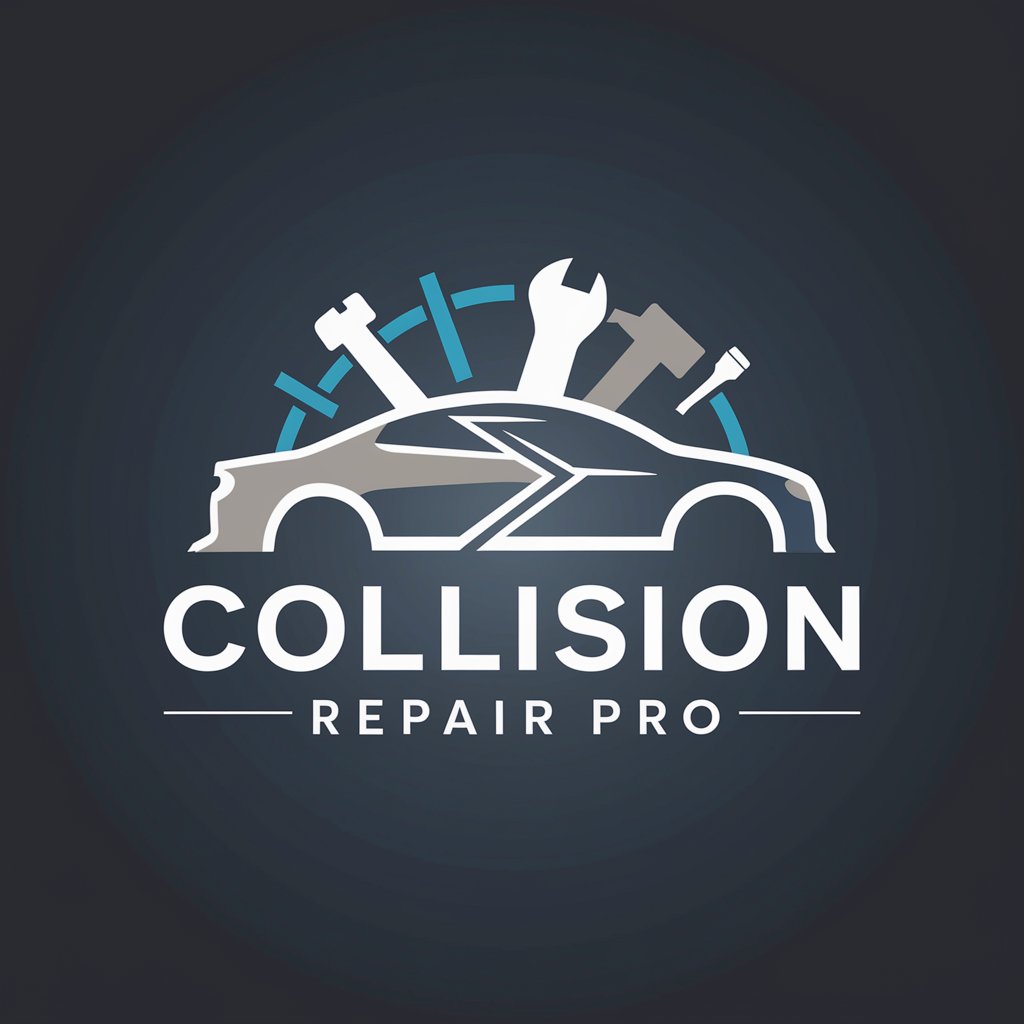
Welcome to Collision Repair Pro, your expert guide in auto body repair and insurance advice!
AI-Powered Vehicle Repair Advisor
How do I assess the damage after a minor car accident?
What steps should I take to file an insurance claim after a collision?
Can you guide me through the auto body repair process?
What are the common issues to look for after a collision?
Get Embed Code
Introduction to Collision Repair
Collision Repair, often known as auto body repair, is a comprehensive service aimed at restoring a vehicle to its pre-accident condition after it has been involved in a collision. This involves assessing and repairing damage to the body of the vehicle, including dents, scratches, and structural damage. The purpose of Collision Repair is not just cosmetic restoration but also ensuring the safety and structural integrity of the vehicle. For example, after a minor fender bender, Collision Repair would involve not only fixing or replacing the fender but also checking for and addressing any underlying damage to the vehicle's frame or alignment that could affect its safety and performance. Powered by ChatGPT-4o。

Main Functions of Collision Repair
Damage Assessment
Example
Using specialized tools and software to accurately assess damage and create a detailed repair plan.
Scenario
After a car collides with a barrier, technicians perform a thorough inspection to identify all affected areas, including hidden damage, to ensure comprehensive repairs.
Body Repair
Example
Repairing or replacing damaged body parts, such as bumpers, fenders, and doors.
Scenario
A vehicle with a crushed rear end requires body repair where technicians must replace the trunk lid and rear bumper, and possibly realign the frame to its original specifications.
Painting and Finishing
Example
Matching and applying paint to repaired areas to restore the vehicle's appearance.
Scenario
After repairing a side panel, the vehicle is carefully sanded, primed, and painted to match the existing color, followed by a clear coat for protection and shine.
Structural Repairs
Example
Restoring the vehicle's frame and structure to manufacturer specifications.
Scenario
For a car that has been side-swiped, technicians use a frame straightening machine to ensure the vehicle's frame is perfectly aligned.
Safety Systems Restoration
Example
Checking and repairing safety features like airbags and seatbelt pre-tensioners.
Scenario
In a vehicle where airbags have deployed during a collision, technicians replace the airbags and reset the vehicle's safety system to ensure it is fully operational.
Ideal Users of Collision Repair Services
Individual Vehicle Owners
People who own or lease vehicles and need repairs after an accident. These users benefit from Collision Repair services to restore their vehicle's safety, functionality, and appearance, maintaining its value and ensuring it is safe to drive.
Insurance Companies
Insurance companies often partner with collision repair shops to provide repairs for insured vehicles. They benefit from efficient, high-quality repairs that help manage costs and satisfy their customers' needs after an accident.
Fleet Operators
Operators of vehicle fleets, such as rental car companies, delivery services, and municipal fleets, require timely and effective repair services to keep their operations running smoothly. Collision Repair services ensure that fleet vehicles are promptly returned to service, minimizing downtime and loss of revenue.

Using Collision Repair Pro: A Quick Guide
1. Start Your Journey
Begin by visiting yeschat.ai to access a free trial of Collision Repair Pro, with no login required and no commitment to ChatGPT Plus.
2. Identify Your Needs
Assess the damage to your vehicle. This can range from minor scratches to major body work. Understanding the extent of the damage will help tailor the advice you seek.
3. Gather Information
Have details of your vehicle handy, including make, model, year, and photos of the damage, if possible. This information will be crucial in providing accurate repair advice.
4. Consult Collision Repair Pro
Use the tool to ask specific questions about your collision repair needs. Include details about the damage and your vehicle for the most accurate guidance.
5. Apply the Advice
Implement the recommendations provided by Collision Repair Pro. For complex repairs, consider contacting a professional auto body shop with the insights gained.
Try other advanced and practical GPTs
Radiation and Sources
Demystifying radiation, powered by AI
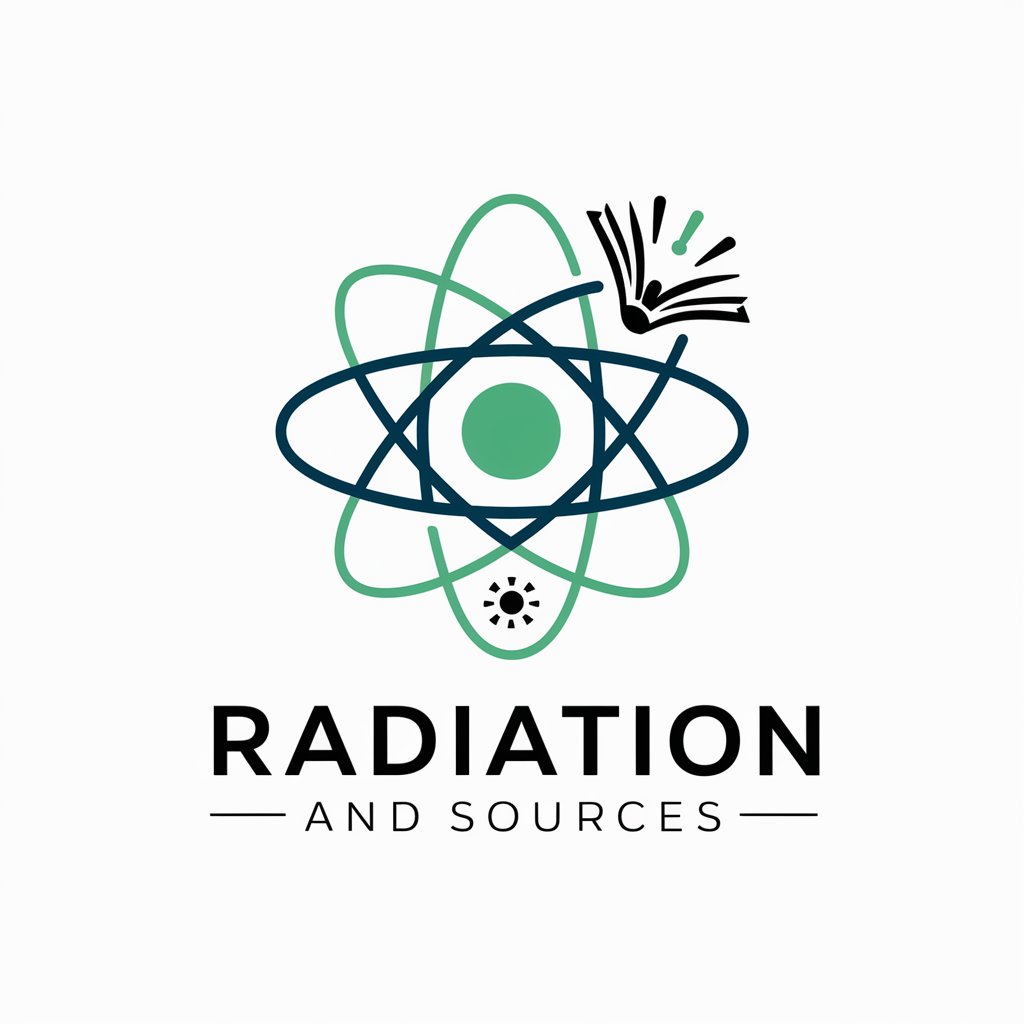
Schema GPT
Structuring Data, Enhancing SEO

Bodhi.GPT
Navigate your spiritual journey with AI

Mountain
Elevate Your Hiking Experience with AI

Agile Mentor
AI-powered Agile Coaching Expert

Submarine
Dive deep with AI-powered submarine knowledge.

Appliance Repair
Empower your repairs with AI insight
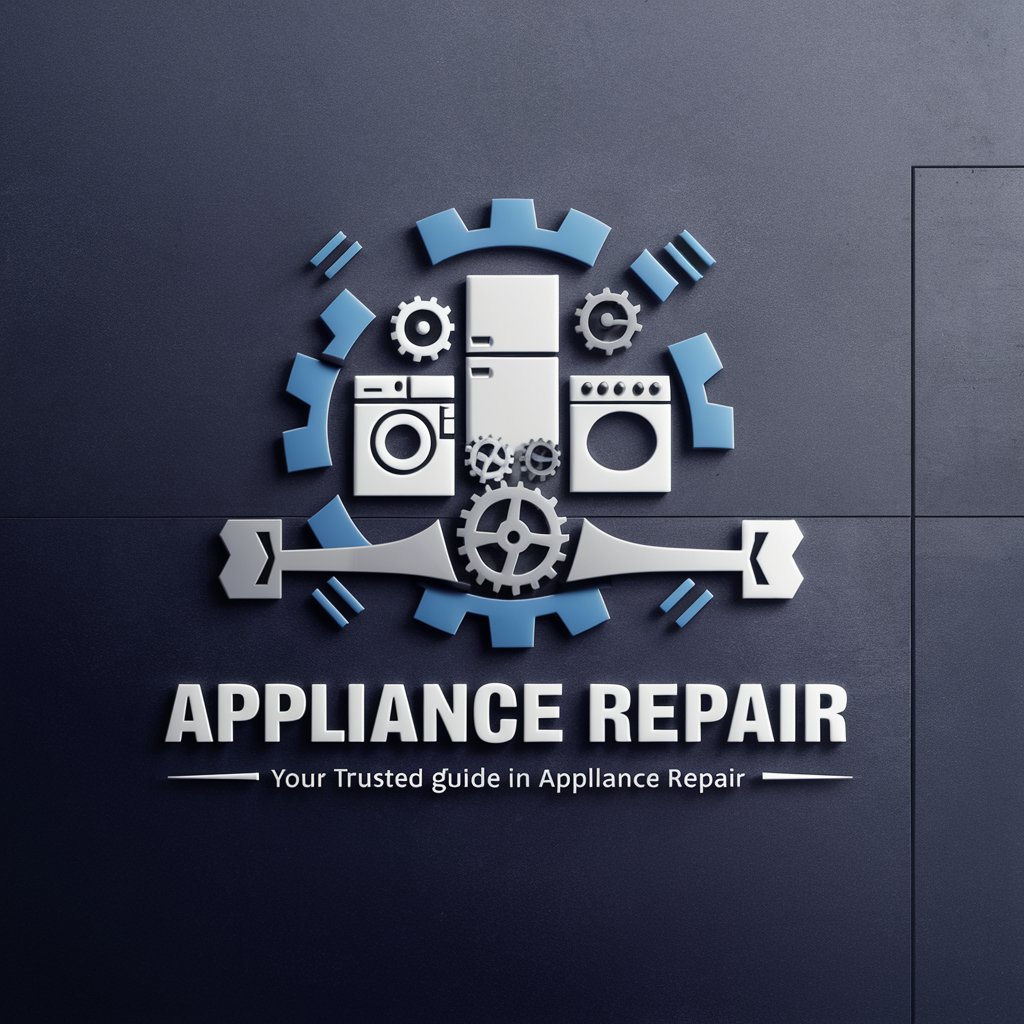
Bicycle Repair
Empowering cyclists with AI-driven repair guidance.
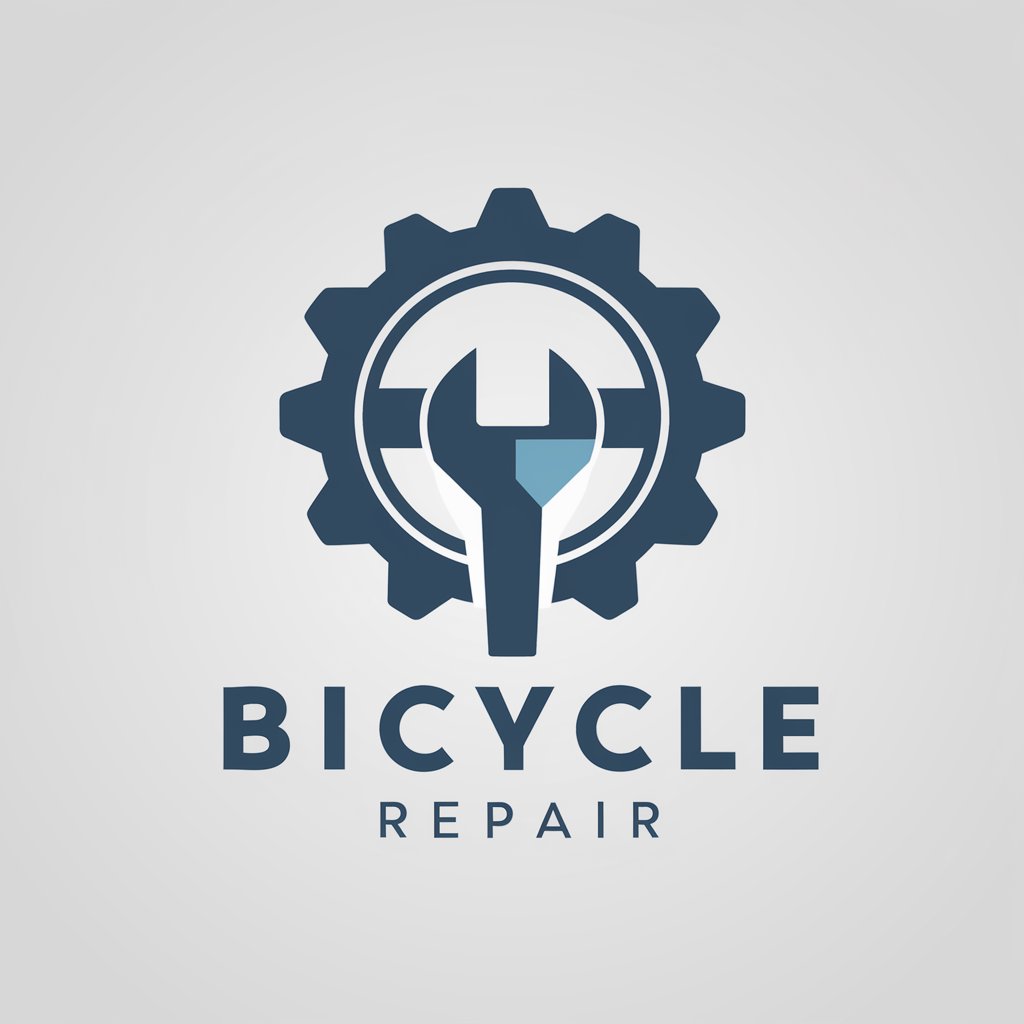
Compassionate Event Guide
Empowering Your Events with AI Wisdom

Conscious Ally
Empowering Understanding with AI

ADHD Ally
Empowering Women with ADHD Through AI
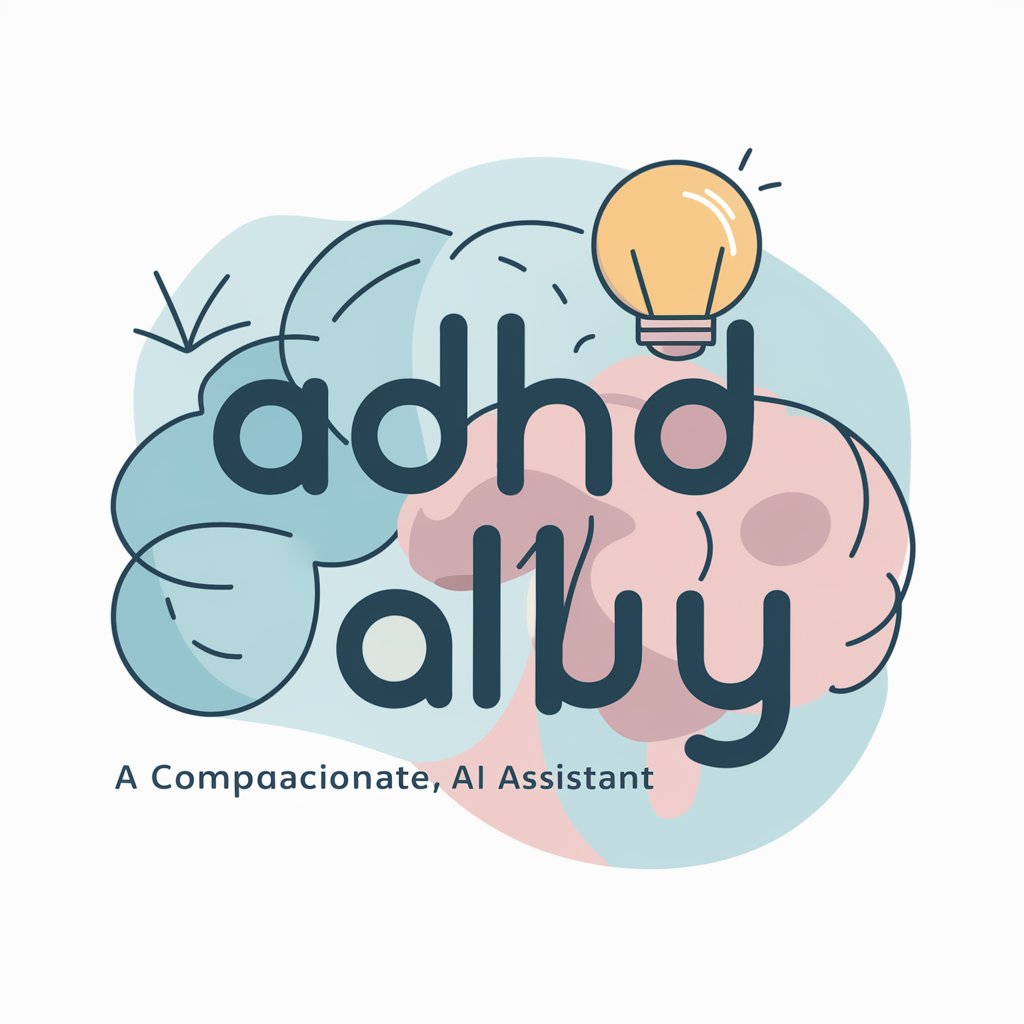
Kerio Control GPT Admin Guide
Optimize and secure your network with AI

FAQs About Collision Repair Pro
What types of vehicle damage can Collision Repair Pro advise on?
Collision Repair Pro can provide guidance on a wide range of vehicle damages, from minor dents and scratches to significant body damage and paintwork.
Can Collision Repair Pro help with insurance claims?
Yes, it offers advice on navigating insurance claims for vehicle repairs, including documentation needed and how to deal with insurance adjusters.
How accurate is the repair advice from Collision Repair Pro?
The advice is based on automotive repair standards and best practices, offering a reliable starting point. However, for complex issues, professional assessment is recommended.
Does Collision Repair Pro recommend specific repair shops?
While it doesn't endorse specific shops, it provides criteria for selecting a reputable repair facility, including certifications and customer reviews.
How can I get the best results from using Collision Repair Pro?
For optimal results, provide detailed information about your vehicle and the damage it has sustained. Clear photos and a comprehensive description will lead to more accurate advice.
